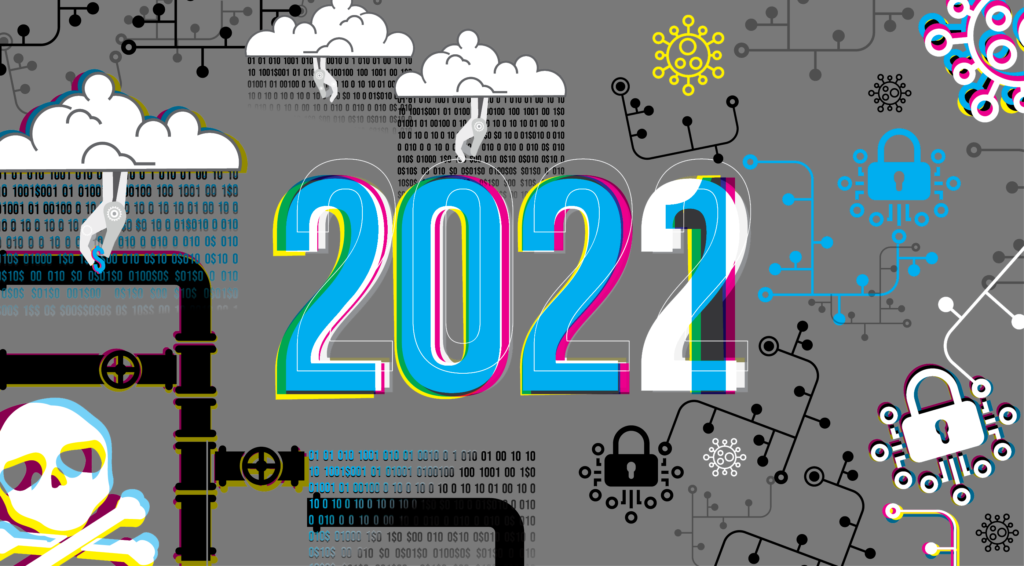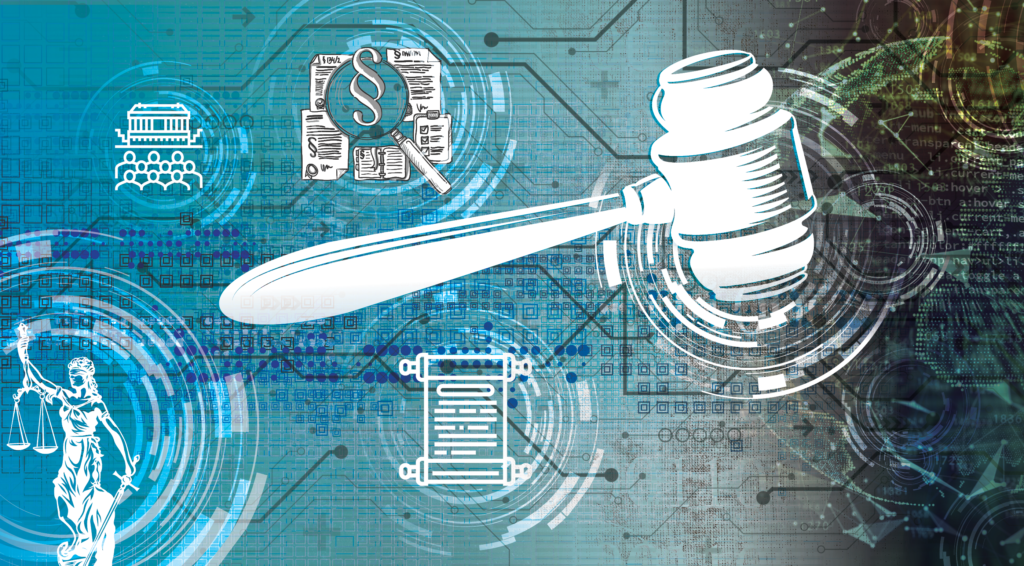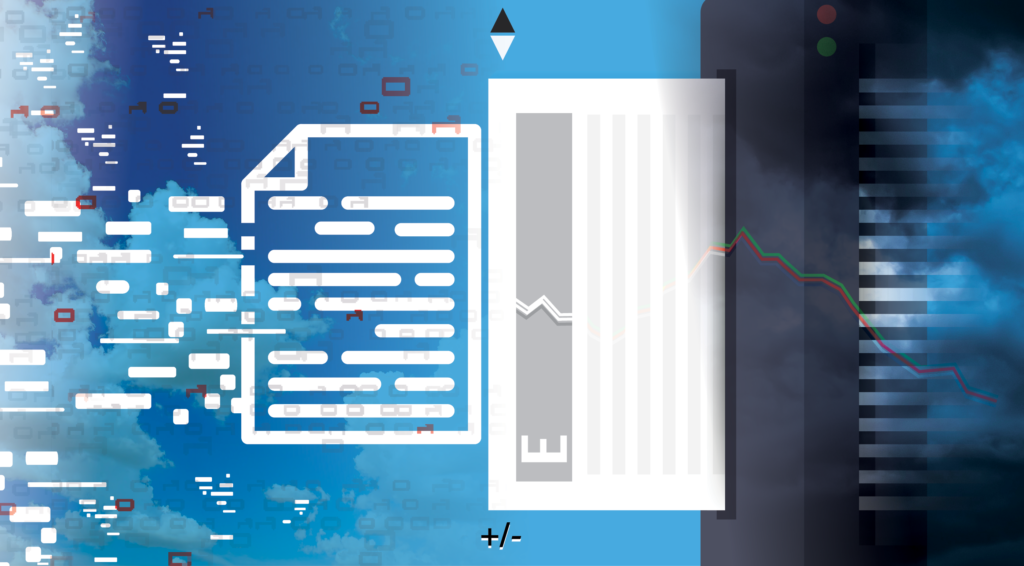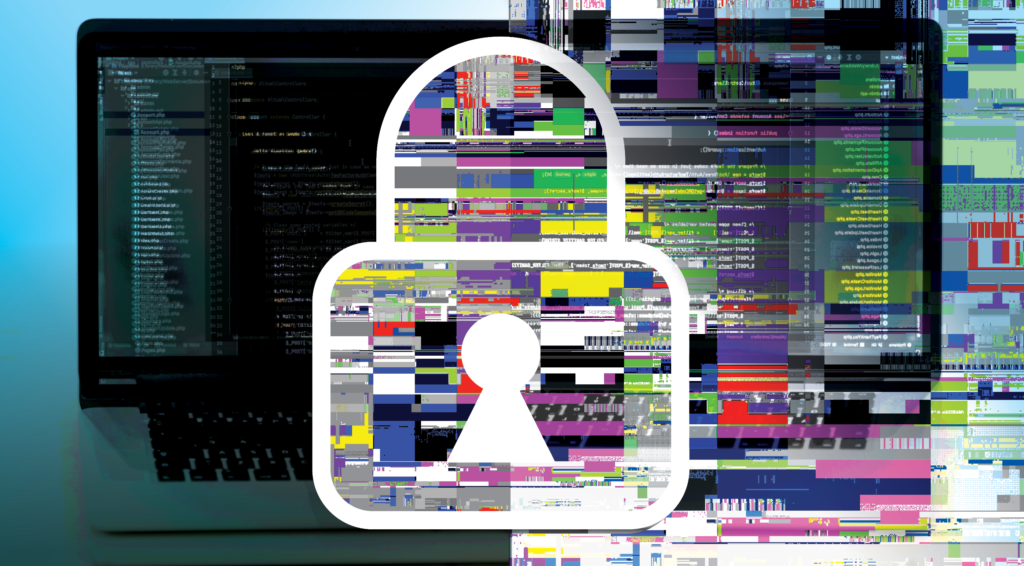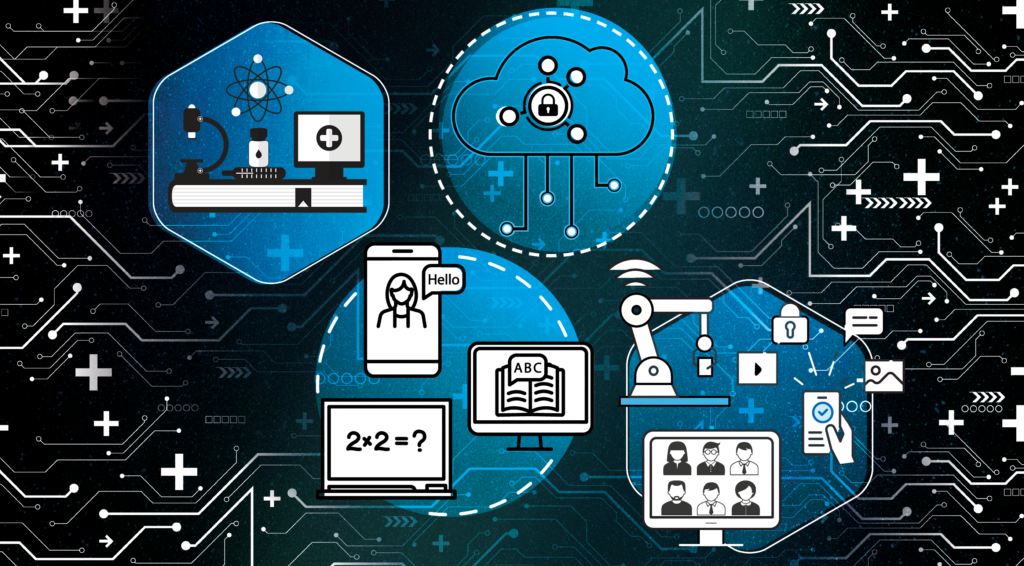
What was life like twenty years ago? What technology did we use? How did we get work done in 2002? While twenty years may seem like a relatively short period of time, our everyday lives have drastically changed over the past two decades. We went from flip phones to iPhones, from CDs to music and video streaming, from printed-out MapQuest papers to instant GPS directions. In the past twenty years, modern technology has changed nearly every aspect of our lives.
Because of the incredible technological advances we’ve seen in the past twenty years, AXEL founded National Technology Day, a holiday celebrated every year on January 6th. On National Technology Day, we encourage everyone to reflect on the advances made in business, culture, and entertainment. From maximizing efficiency at the office to sharing your own media online, technology has changed the way we live and will continue to change our lives in the future. While it’s unclear what the world will look like in twenty years, we do know one thing: Technology will continue to innovate.
With that said, here are a few ways how recent technological advances have radically impacted our everyday lives:
How Tech Changed Public Health
Undoubtedly, one of the greatest technological triumphs in public health in the past twenty years has been the widespread use of messenger RNA (mRNA) vaccines. Most COVID-19 vaccines are mRNA vaccines, and with billions of doses administered in one year, these high-tech vaccines have saved countless lives. But how are mRNA vaccines different from traditional vaccines? With an mRNA vaccine, a weakened pathogen isn’t injected into your body like with traditional vaccines. An mRNA vaccine delivers “coded” mRNA to your immune cells, and using that code, your immune cells can produce proteins that are found on the specific pathogen [1].
The development of mRNA vaccines was made possible by technological advances in the pharmaceutical industry. Although they are relatively new today, mRNA vaccines have been studied and theorized for decades. Finally, modern technology caught up with researchers, and a new soldier in the war on infectious diseases was created.
While vaccines have certainly had a massive impact on the world, they aren’t the only way that technology has changed public health. An obvious example is the rise of fitness and health trackers. Today, about one in five Americans use a fitness tracker and corresponding app [2]. With these trackers, users can track their steps taken, calories burned, steps climbed, blood pressure, sleep quality, and dozens of other metrics. While research on their effectiveness has been mixed, fitness trackers give people fun, convenient ways to check on their health [3].
How Tech Changed Education
If the pandemic taught us one thing, it’s that technology allows us to be connected, even when we can’t be physically present together. This was particularly apparent when schools across the world were closed and classes were taught online. Although there are certainly valid criticisms of e-learning, the fact that instruction was able to continue in the midst of a pandemic highlights just how much technology allowed education to evolve. Now, almost every lecture or assignment can be completed online, ensuring that education can continue even after future pandemics or natural disasters.
While e-learning is certainly new, the advancement of technology has always correlated with expanded access to education [4]. Think about it: 500 years ago, the only educational materials were books, and books were only available to the extremely well-off. However, the technological innovation of the printing press made books far more available for middle and lower-class people. Now, thanks to the Internet, there are millions of educational websites and videos available to all. Today, a student can learn calculus or biology from reliable sources on their own time, for free. While some may criticize technology for “dumbing down” our youth, it’s a simple fact: Technological progress leads to greater access to education.
How Tech Changed Business
Even before the pandemic, technology was radically changing the modern office. One of the biggest changes in the past twenty years has been the way employees share information with each other. Although email existed twenty years ago, it was certainly in its infancy, and when files needed to be shared, physical documents were printed off and delivered. Now, most documents are shared electronically, without the need for paper and ink, helping to save businesses time and money. Outside of file-sharing, even the way workers communicate with each other has greatly changed. Today, software applications like Slack make it easy for employees to communicate without anyone being left out of the loop. Technological advances have made office communication digital and instantaneous, making the necessary transition to remote work during the pandemic relatively simple.
Outside of office communication, technology has allowed businesses to increase efficiency in nearly every department. From resumé software to digital marketing, technology has greatly changed the way businesses operate. Unfortunately, this also means that the businesses that haven’t embraced technology are at risk of going under. After all, if your business doesn’t have a digital presence, such as social media or a simple website, it may as well not exist.
Technology has fundamentally changed the way work gets done in the United States, and it’s not done changing either. In twenty years, Mark Zuckerberg’s vision of the “Metaverse” may become our everyday office. One thing is known: If it can save money, businesses will continue to test and use innovative modern technology.
How Tech Changed Cybersecurity
Twenty years ago, “cybersecurity” was little more than simply having a password. Unfortunately, as technology has progressed, so have cybercriminals. Today, features like encryption, multi-factor authorization, and artificial intelligence are the norm when it comes to cybersecurity.
It’s no coincidence that the technological advancement of computers and their related technologies is correlated with the number of cybercriminal attacks [5].
In 2002, cybercriminals mostly utilized phishing attacks to make their money. Cybercriminals used fake emails and pop-ups to trick users into divulging their names, addresses, credit card information, or even Social Security numbers. Thankfully, most of these phishing attacks were easy to identify [5]. However, cybercriminals quickly learned even more efficient methods of making money. Today, ransomware is the main tool that cybercriminal organizations use to wreak havoc around the world. Much more efficient than individual phishing emails, ransomware can shut down an entire business, forcing executives to pay millions in order to get their data back. Put simply, as technology has advanced, so too have cybercriminals. It’s an unfortunate fact, but all hope is not lost.
While cybercriminals are taking advantage of modern technology for a quick buck, more savory organizations are also working to prioritize security. Even AXEL is utilizing modern cybersecurity technology in innovative ways to protect users. One of AXEL’s patents, US11159306B2, describes a token identification system that allows users to perform transactions privately, while making the transaction verification public. This technology prioritizes the digital privacy of users, secures the specific aspects of the transaction, and offers public verification. Patents like this are being presented, approved, and utilized every day, creating a more private, secure Internet. So while cybercriminals may be quick to exploit technological flaws, an army of individuals and businesses are ready to fight for digital security.
About AXEL
Technology will continue to advance, and our lives will become more digitized than ever before. That’s why data security and user privacy remain as important as ever. At AXEL we believe that privacy is a human right, and that your information deserves the best protection. That’s why we created AXEL Go. AXEL Go uses military-grade encryption, blockchain technology and decentralized servers to ensure it’s the best file transfer software on the market. Whether you need cloud video storage or cloud file management, AXEL Go is the secure file hosting solution. If you’re ready to try the best file sharing app for PC and mobile devices, try two free weeks of AXEL Go here.
[1] Dolgin, Elie. “The Tangled History of mRNA Vaccines.” Nature News. Nature Publishing Group, September 14, 2021. https://www.nature.com/articles/d41586-021-02483-w
[2] “19% Of Americans Use Wearable Fitness Trackers and MHealth Apps.” Mercom Capital Group, October 13, 2021. https://mercomcapital.com/90-americans-wearable-mhealth-apps/#:~:text=According%20to%20a%20new%20survey,or%20tablet%20app%20(32%25)
[3] Marks, Adam. “Do Exercise Trackers Make You Healthier?” Ace.edu, February 16, 2021. https://www.ace.edu/blog/post/2021/02/16/do-exercise-trackers-make-you-healthier
[4] “How Has Technology Changed Education?” Purdue University Online.. https://online.purdue.edu/blog/education/how-has-technology-changed-education
[5] Acharjee, Sauvik. “The Evolution of Cybercrime: An Easy Guide (2021).” Jigsaw Academy, February 13, 2021. https://www.jigsawacademy.com/blogs/cyber-security/evolution-of-cybercrime/
